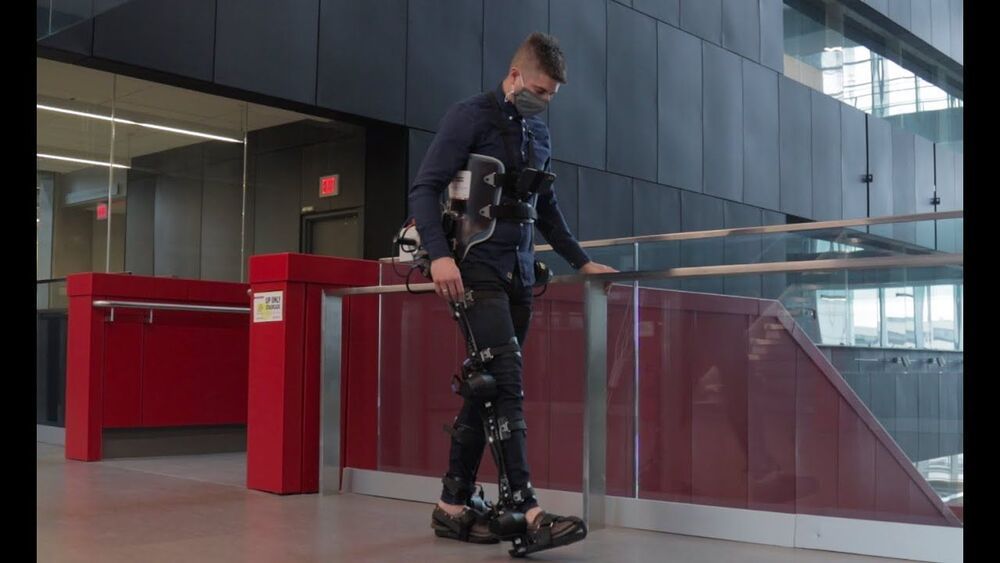Walking is often taken for granted by most people, but for those who have lost their ability to walk due to illness or injury, it can have a significant impact on their quality of life. Unfortunately, the options for mobility impaired individuals are scarce and can often be limited to wheelchairs or crutches, leaving them dependent on others for mobility. This is where the exciting new technology of exoskeletons come in, offering a glimpse of hope at regained independence.

Scientists and researchers have been working on developing exoskeletons for several years. Initially, these devices were developed to aid military personnel and firefighters to carry heavy loads or for astronauts to exercise in space. However, the applications for exoskeletons have expanded to include individuals with mobility impairments.
Recently, the ExoNet research project - a European initiative funded by the European Union - has been working on developing intelligent exoskeletons that can adapt to their environment and enable mobility impaired individuals to walk again. A key feature of these exoskeletons is the integration of cameras and Artificial Intelligence (AI).
The use of cameras allows the exoskeleton to "see" their environment, identify obstacles and adapt their gait accordingly, while AI algorithms can process this data and provide quick and efficient responses, allowing for a smoother and more intuitive interface between the exoskeleton wearer and their surroundings.
"The idea behind our research project is to develop an exoskeleton that can walk autonomously, adaptably, and efficiently," says Brokoslaw Laschowski, leader of the ExoNet research project. "Our control approach wouldn't necessarily require human thought. Similar to autonomous cars that drive themselves, we're designing autonomous exoskeletons that walk for themselves."
One of the challenges with exoskeletons is balancing between the need for control and freedom of movement. Exoskeletons have traditionally been controlled via smartphone applications or joysticks, which can be cumbersome and tiring for the user. However, the integration of cameras and AI creates a more natural means of controlling the exoskeleton by providing more accurate feedback and real-time adaptability, allowing the user to focus on walking rather than operating the machine.
The development of autonomous exoskeletons has the potential to enhance one's quality of life by enabling efficient and adaptable mobility. For example, it would allow individuals to climb stairs, walk on sand, and navigate around obstacles, all while leaving their hands free.
One of the pioneers in the field of exoskeletons is Gregoire Courtine, a neuroscientist, and a pioneer in the field of spinal cord injury rehabilitation. Courtine, in collaboration with researchers at the Swiss Federal Institute of Technology Lausanne, has been working on developing exoskeletons that can help paralyzed individuals to walk again.
"We are revolutionizing the process of rehabilitation, offering people with spinal cord injury the hope to one day walk again," says Courtine. "Exoskeletons can enable mobility-impaired individuals to achieve autonomy, regain mobility, and improve their quality of life."
The development of autonomous exoskeletons is an exciting prospect, offering an innovative solution for mobility impaired individuals to regain their independence. The integration of cameras and AI allows for more accurate feedback and real-time adaptability, creating a more intuitive and natural means of controlling the exoskeleton. In the future, autonomous exoskeletons could become a staple in rehabilitation centers, enabling individuals to take their first steps towards freedom and autonomy.